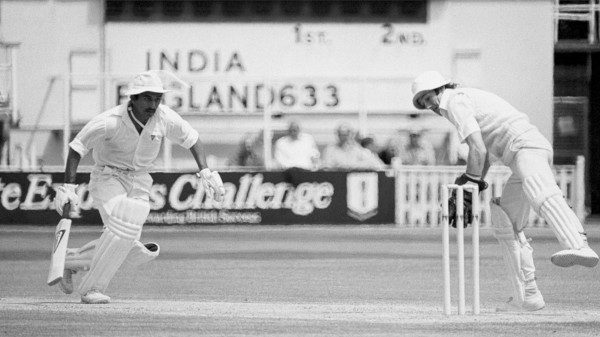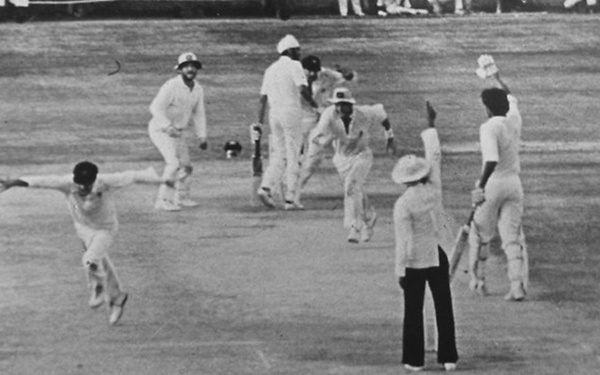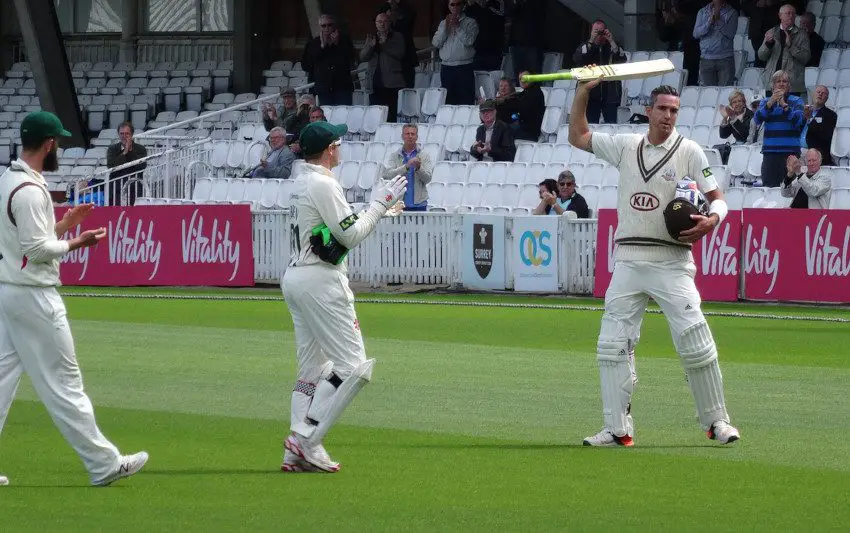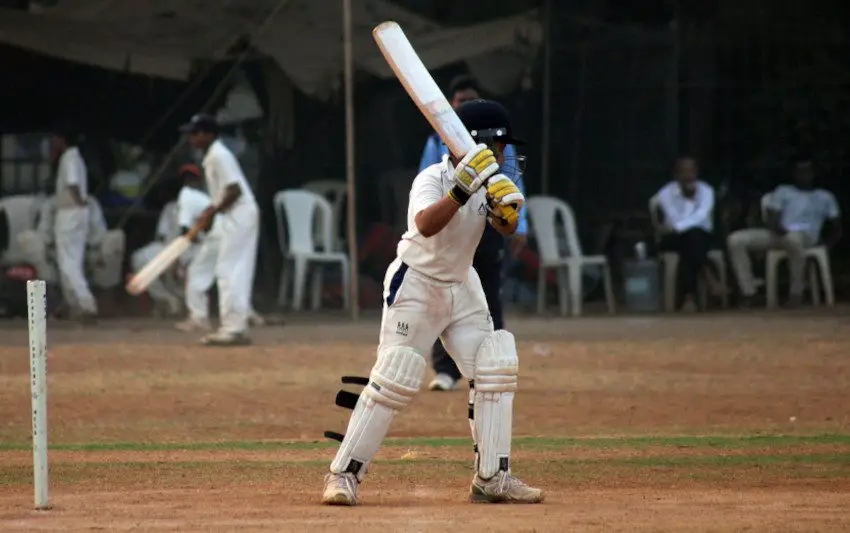Table of Contents
Is there anything more exciting in cricket than a tied test? Two teams who cannot be separated after four innings makes for compelling viewing and here is a round up of all the tied tests to date.
How Many Tied Test Matches Have Occurred in Cricket?
At the time of writing at the very end of 2021, there have only been two instances of tied tests in nearly 150 years of matches. It shows that this is a very rare occurrence indeed. It’s an interesting coincidence that Australia have been involved on both occasions, in 1960 and again in 1986, so let’s look at those games in closer detail.
List of Tied Test Matches
1. Australia v West Indies 1960
The very first instance of a tied test match occurred during the West Indies’ tour of Australia in 1960/61. The teams assembled in Brisbane for the very first game in that series and the West Indies batted first after winning the toss.
Garry Sobers led the way for the tourists with 132 as the West Indies posted a respectable 453. This was an Australian side that contained the potent leg spinner Richie Benaud but it was the seamers who did the damage with Alan Davidson taking 5/135.
Australia replied and claimed a first innings lead when they were bowled out for 505. Bob Simpson made 92 at the top of the order but it was Norm O’Neill who did most to drive the home side ahead with a brilliant 181. Wes Hall returned best West Indian figures of 4/140.
The match was nicely poised and there was plenty of time left to force a result. West Indies began their second innings in steady fashion with Conrad Hunte making 39 while Rohan Kanhai and Captain Frank Worrell hit important half centuries.
The tourists were eventually dismissed for 284, leaving Australia needing 233 runs to win the test. The chase started badly with Wes Hall dismissing Bob Simpson and Neil Harvey with just seven runs on the board.
Things didn’t improve straight away and Hall claimed two more wickets as the Aussies stuttered to 92/6. It was ultimately left to the Australian bowlers to turn the game and set a platform for the drama that followed.
Alan Davidson top scored with 80 and along with Richie Benaud, who made 52, the pair put on 134 for the seventh wicket. At 226/6, Australia needed just seven runs with four wickets in hand and should have cruised the game from that position.
The Windies had other ideas and, after Benaud and Davidson were both dismissed, two calamitous run outs sealed this game. Wicket keeper Wally Grout was the first to go and, with the scores level, a desperate dash for the line saw the stumps broken with Ian Meckiff out of his ground.
Test cricket had waited 83 years for its first tied match and it would be another 26 years before the second.

2. India v Australia 1986
Australia were also involved in the second tied game and, once again, it was the first match of a new series. Another remarkable statistic shows that Bob Simpson was involved yet again. In 1960 he was a player but this time he was the Australian coach.
The Aussies were the tourists in 1986 as they travelled to face India in Chennai.
The first innings was highlighted by a brilliant double century from the Australian batsman Dean Jones. He battled sickness and severe stomach cramps in extreme heat to produce the defining knock of his career.
Along with centuries from David Boon and the skipper Allan Border, the away side were able to declare at a formidable 574/7. Shivlal Yadav was the best of the bowlers with 4/142.
India needed to respond strongly but, at 245/7, they were in danger of following on. A counter attacking century from the Captain Kapil Dev lifted the total to 397 but Australia still had a big advantage.
Spinners had come into the game by this point with Aussies Greg Matthews and Ray Bright claiming seven wickets between them. India’s slow men needed to respond and, while Maninder Singh and Ravi Shastri did some damage, Australia were able to declare again at 170/5.
It was something of a sporting declaration and skipper Border could have chosen to close out the game and make it impossible for India. He was, however, an aggressive captain and decided to go for a win.
The call nearly backfired as India looked to chase down a target of 348. Opener Sunil Gavaskar held things together with an innings of 90 and he received good support from Kris Srikkanth, Mohinder Armanath and Ravi Shastri.
Four Indian batsmen passed 40 and, at 331/6, they looked certain to get over the line. Just 17 runs were needed with four wickets left but, just as Australia had done 26 years earlier, there was an element of panic as the finishing line came into sight.
Once again the spinners did the damage as Ray Bright dismissed Chetan Sharma and Kiran More in successive deliveries. Shivlal Yadav tried to club India over the line but was also dismissed by Bright after making eight from six balls.
Shastri was the key but, having made 48, there was nothing he could do as Maninder Singh faced up to Greg Matthews. Singh missed the fifth ball of Matthews over and was adjudged LBW with the scores level.

Reactions
What was even more remarkable about the second game was the fact that only one ball was left in the match. This was high drama and it proved once more that test cricket really is the pinnacle of the game.
Tied matches always attract plenty of headlines and these games are still talked about many years after the event. Other tests have come close but how long will we have to wait before the third tied game comes along?
The Difference Between a Tie and a Draw in Cricket
Test cricket has given us many hundreds of drawn games but what is the difference between a draw and a tie?
The Laws of test cricket are clear: A drawn game will end when time runs out on the match. If at least one side has wickets remaining and no result has been reached, then the match is drawn. In these cases, a result is still possible but the teams have simply run out of time.
In a tied game, the scores are level when the side batting last loses their tenth wicket. The game is finished with no more wickets remaining and those scores are ‘tied’.


